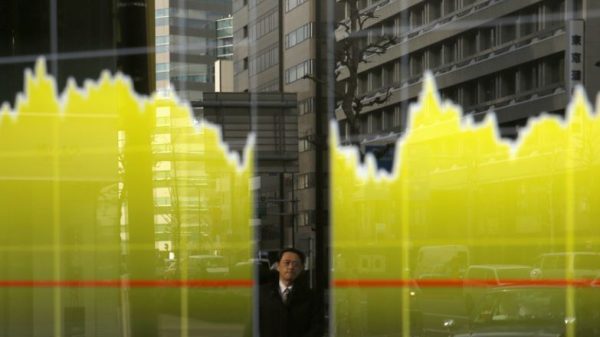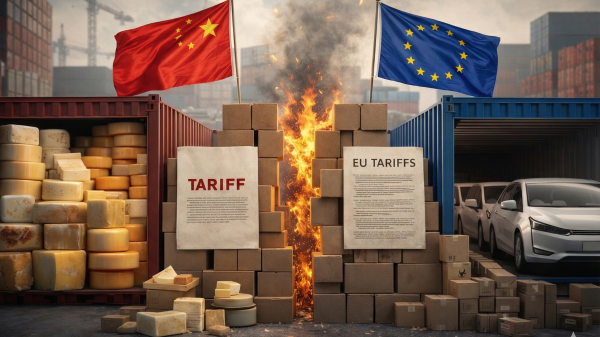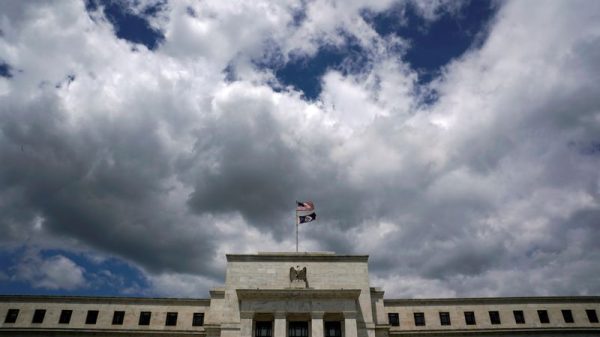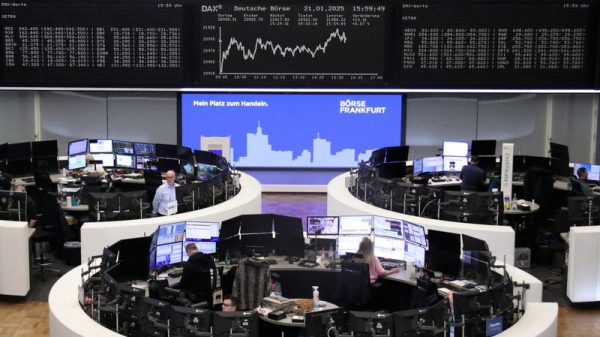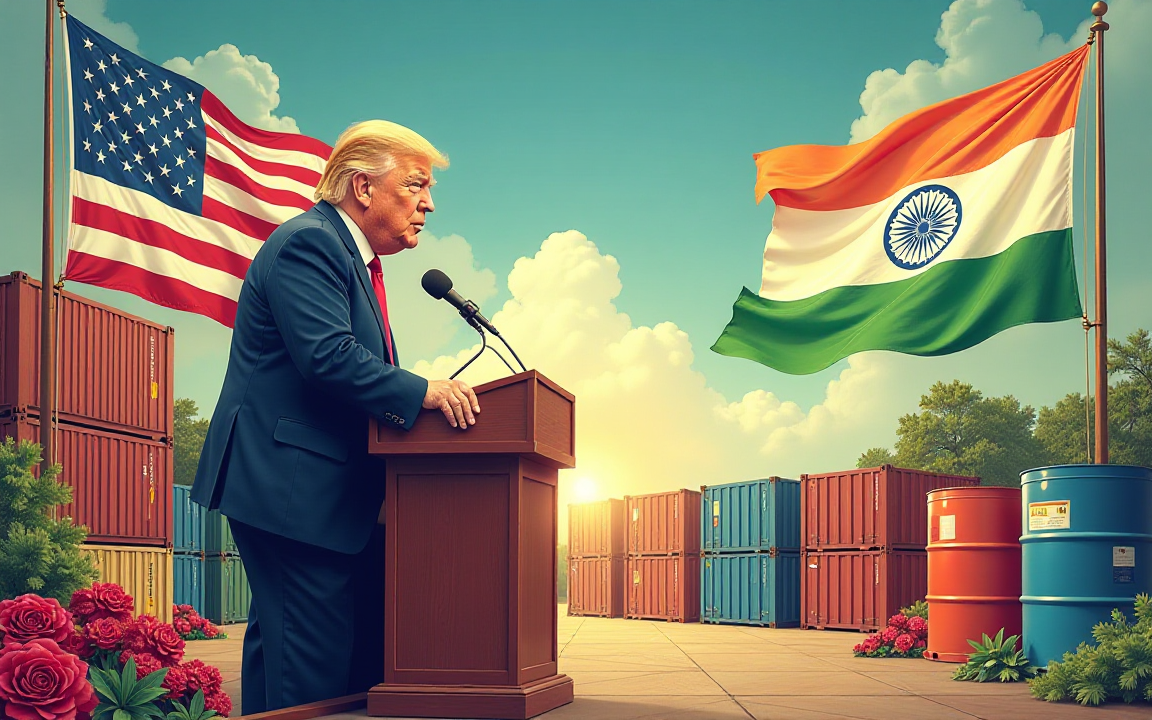India’s economy could face a multibillion-dollar impact following US President Donald Trump’s decision to raise tariffs on Indian goods to 50% in response to New Delhi’s continued oil trade with Russia.
The latest move doubles the previously announced 25% duties, making it one of the highest levies on any US trading partner.
While India’s overall exposure to the US market is limited — with about 20% of goods exports heading to the US, equivalent to roughly 2% of GDP — certain sectors face heightened vulnerability.
Economists estimate that $8 billion worth of Indian exports, including gems and jewellery, apparel, textiles, and chemicals, are most at risk from the tariff escalation.
The newly announced tariffs are scheduled to take effect in 21 days, while the earlier 25% tariffs are set to be implemented on Thursday.
Sectoral exposure and economic impact
UBS economists, led by Tanvee Gupta Jain, highlighted that the gems and jewellery, apparel, textiles, and chemicals industries are particularly exposed to US trade flows and could require targeted government support in the coming months.
Although the direct GDP hit is expected to be marginal due to India’s diversified global trade network, sector-specific disruptions could still weigh on export growth.
Brian Jacobsen, chief economist at Annex Wealth Management, noted that the 21-day window before the new duties take effect offers a potential “offramp” for negotiations, suggesting the announcement may carry “more symbolism than substance.”
Other major export sectors, such as pharmaceuticals, are likely to avoid direct impacts, given that the latest tariffs are applied only to goods and do not target India’s substantial IT services exports to the US.
Limited impact on equities and major industries
Indian equities are expected to absorb much of the tariff shock, with the Nifty 50 index having only around 9% direct US exposure, according to Societe Generale’s equity research team led by Rajat Agarwal.
Most of that exposure is concentrated in the IT services sector, which remains unaffected by the current duties.
The most immediate market effect has been seen in currency movements.
The Indian rupee has weakened, and volatility has increased, weighing on foreign investment flows.
However, pharmaceuticals, one of India’s largest export categories to the US, remain shielded from these tariffs, as do semiconductors and other electronic products.
Apple, which operates large-scale manufacturing facilities in India, is also expected to be largely unaffected, given that its product categories are exempt from the tariff measures.
Similarly, steel and aluminium exports are already taxed under a separate executive order, meaning the latest hikes will not alter their trade terms.
Geopolitical and trade backdrop
Trump’s tariff escalation comes amid strained diplomatic ties, with Washington seeking to curb global purchases of Russian energy.
Analysts note that while the macroeconomic effect on India’s GDP may be limited, the decision underscores the growing risk of geopolitical tensions spilling over into trade policy.
The coming weeks may prove pivotal, as the 21-day delay before the additional tariffs take effect leaves room for diplomatic engagement.
However, if implemented in full, the 50% levy will stand among the steepest trade measures imposed by the US, testing both economic resilience and political relations between the two nations.
The post How Trump’s 50% tariff will affect India appeared first on Invezz

